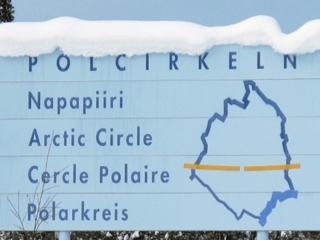Arctic & Cold Climates

As the average sea ice cover in the Arctic decreases, northern seaways are opening up, offering alternative trade routes between Asia and Europe. The Northern Sea Route shows particular promise, being considerably shorter than the Suez route.
In 2010, just four international transits were undertaken; by 2012 this had increased to 46. In September 2013 the North West Passage through Canada’s Arctic waters – considered to be more challenging to navigate and less commercially viable – was used by the ice-class bulk carrier NORDIC ORION to carry coal from Vancouver to Finland. This route is 1,000 nautical miles shorter than the Panama Canal route, and allowed 25% more cargo to be carried. Intra-Arctic shipping is also likely to increase with mining and oil and gas developments. The potential for an oil spill in the Arctic is therefore an increasing concern.
Oil Fate & Behaviour in Icy Waters
Arctic conditions affect spilled oil fate and behaviour in a number of ways, some aiding and some hindering our ability to respond (see table and figure). Standard oil spill fate and trajectory models do not apply in icy waters. Oil trapped within or under fast ice is likely to remain relatively stationary as fast ice does not drift with surface currents or wind, and under-ice currents are minimal. In the highly dynamic pack ice zone however, oil drift may be considerable and unpredictable.
| Factor | Effect | Implications |
| Extreme cold | Reduces the rate of natural weathering processes such as evaporation and biodegradation; increases oil viscosity | Oils will be more persistent |
| Pack ice | Dampens wave energy and reduces natural dispersion and emulsification | Increased window of opportunity for chemical dispersion and in-situ burning |
| Fast ice | Oil may become encapsulated within or trapped underneath ice | Difficult to detect, track, and recover oil |
